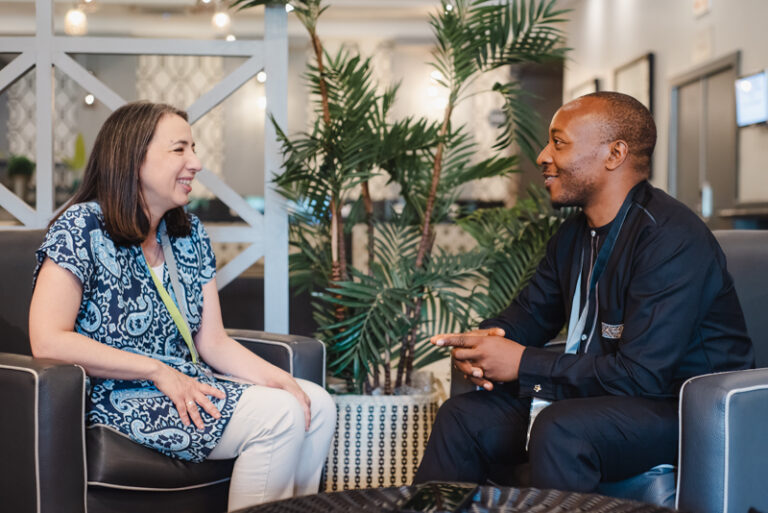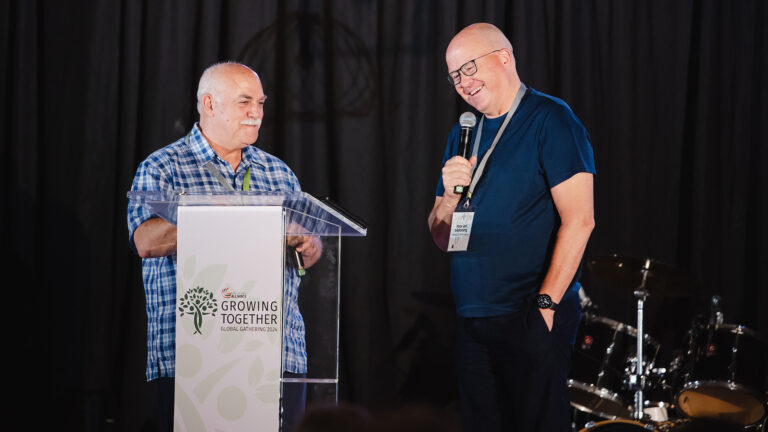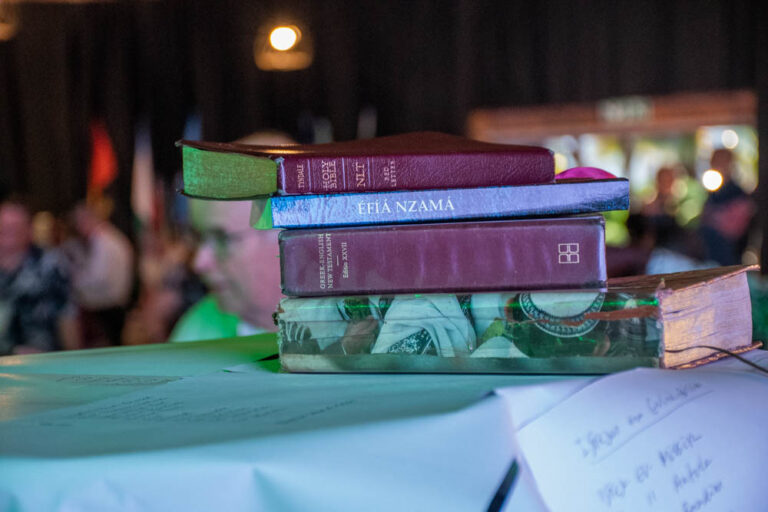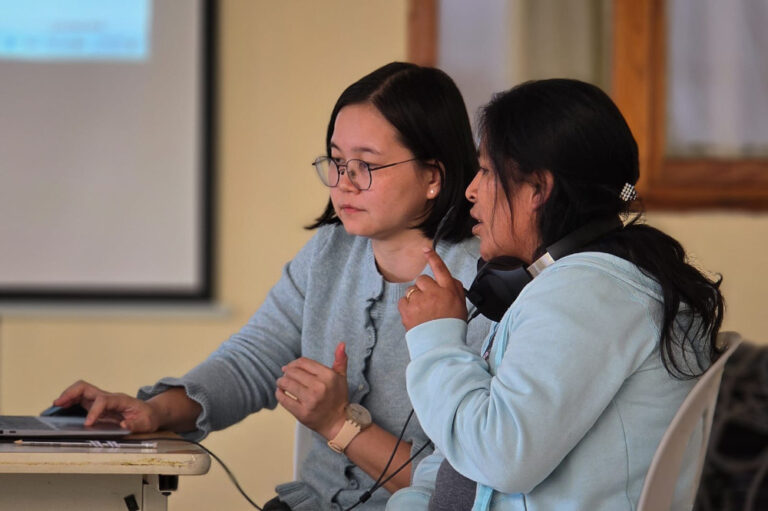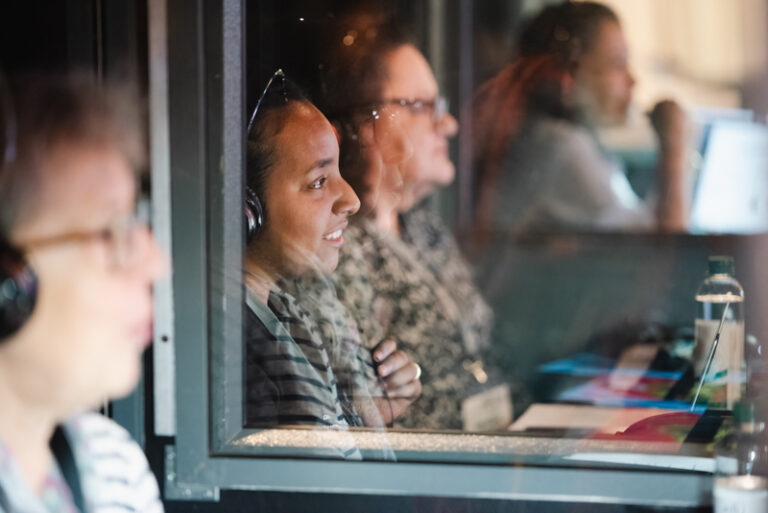In some ways, the mesas movement has come full circle in Latin America.
The Tres Olas, or Three Waves, movement grew from a belief in the importance of blending indigenous voices with foreign and national voices in the Latin America missionary movement. It has not always been a smooth road, but merging these three strands has resulted in a strengthened Bible translation movement.
‘The Three Waves Movement began in 2017, more or less, on the initiative of indigenous leadership, who want to be not merely observers, but part of the advancement of the work in South America’, said Javier Mayorga, Coordinator of the Movimiento de las Tres Olas for South America. ‘They call on the first missionary wave, which is the foreign church, and the second missionary wave, which is the non-indigenous mestizo church, to work together and cooperate. This is done within a framework of respect and listening to the voice of the indigenous people.’
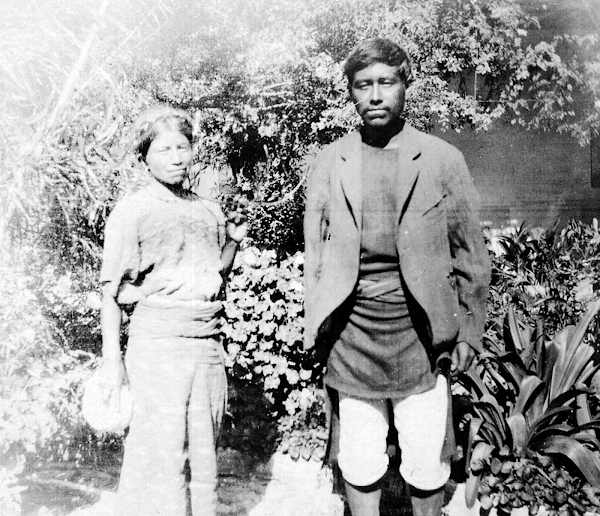
Guatemala origins
While 2017 might be considered the movement’s birth, its roots can be traced back a century earlier. William Cameron Townsend is often credited with being used by God to launch the modern Bible translation movement. And the movement began with a relationship.
In rural Guatemala, Townsend was a foreigner and an early representative of the first wave. His coworker in ministry, Francisco Díaz, was an indigenous mission worker who today would be considered part of the third wave. The two men walked many miles together to share the gospel.
As Diaz translated from Spanish into Cakchiquel (his first language), it became clear that Bibles in Spanish would not adequately serve the Cakchiquel speaking communities of Guatemala. So, in partnership together, Diaz and Townsend established a translation work in the Cakchiquel language in 1919. The model would spark the founding of Wycliffe Bible Translators, and eventually would spread around the world.
In the Americas, the movement has returned to its roots by finding ways to re-establish partnerships among organisations and churches within all three waves. Almost 100 years after Townsend and Díaz began their first project, the first national Bible translation and Scripture-use mesas were established in Brazil and Colombia. And just as Bible translation projects expanded around the world from humble beginnings in Guatemala, mesas have already expanded to multiple countries within Latin America.

Interdependence and unity
All three waves are needed at the tables—especially for reaching language communities in such a large and remote region.
‘The Amazon Basin is very extensive’, Javier said. ‘It starts in Venezuela, Colombia, Ecuador, Peru, Brazil, Bolivia. It reaches Suriname. There are nine countries that are part of the Amazon Basin. They are related. And of those, we have networks in six countries.’
‘We don’t get involved in a way that creates dependencies’, Javier said, ‘but rather we operate under a concept of interdependence. We all need each other and we walk together in the same direction. It’s a concept of unity.’
The mesas have helped indigenous leaders find translation partnerships. They can bring potential translation projects to a country’s mesa, and then interested organisations can discuss ways to cooperate. This avoids duplication of efforts and strengthens the sharing of resources.
‘It’s like a synergy between organisations’, Javier said. ‘All of this is achieved through cooperation at the negotiating table.’
Mesa beginnings
A convergence of ideas contributed to launching the mesa movement. David Cardenas remembers the impact of 2015’s Third Table Forum for leaders, convened by the Wycliffe Global Alliance in Istanbul, Turkey. It was led by Todd Poulter, then the Alliance’s Consultant for Leadership Development. The idea was to create a neutral, third space. Members of one ‘table’ (the global north/west) and members of another table (the global south/east) all brought varying cultures, beliefs, values and practices. But here, they could gather on equal footing.
David said at the time: ‘Those of us who participated saw this as a new way of creating processes of friendship and collaboration, understanding the cultural, organisational and regional differences in the Bible translation movement.’
In 2016, Kirk Franklin, then the Alliance’s Executive Director, presented to Americas Area leaders the ideas of polycentrism—mutually led movements with self-governing centers of influence, and the concept of friendship in the mission of God.
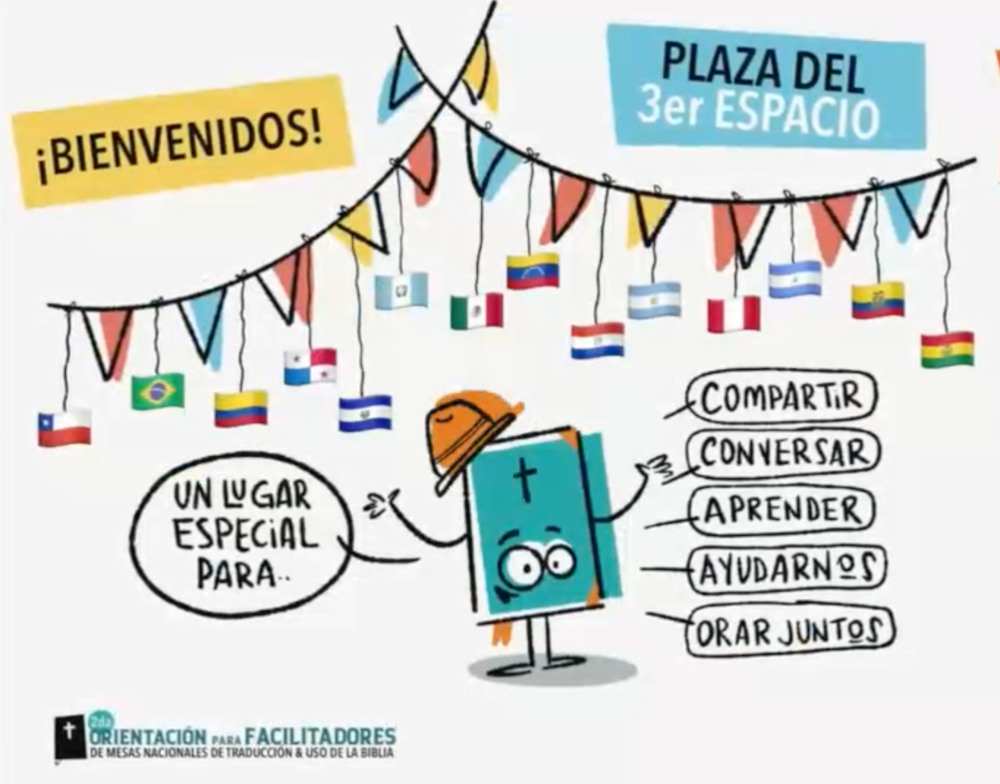
Nydia Schmidt, Americas Area Director at the time (she now is Director of Fundraising, SIL Mexico), remembers feeling challenged by the idea.
‘I looked around Latin America, and I saw we have a decentralised movement we could kind of pinpoint,’ she said, ‘but I couldn’t pinpoint the centres of influence. Where were they? Was it the church? Well, that’s too broad. Was it FAIENAP, the network of indigenous churches in the Amazon? Well, that’s one organisation. Where were these self-governing centres of influence? Because that is the heart of polycentric. And in talking to David back and forth, we said we need a different model. We need a model that is self-governing, that grows in capacity to make decisions locally.’
As conversations continued, in 2018 David proposed the idea of a national model, connected through shared values. This became the mesas model, where churches, agencies and indigenous organisations in each country gather to collaborate and make decisions locally in their region. Colombia and Brazil were the first to adopt the idea, followed by Mexico and Guatemala, and things have grown rapidly from there.
‘This mix of elements led us to think in the Americas team that we could imagine new possibilities for strengthening the Bible translation movements,’ David said. ‘That’s how Colombia and Brazil were the first countries where we began to see that it was possible to join together a table of leaders of organisations that work in Bible translation in various contexts.’

